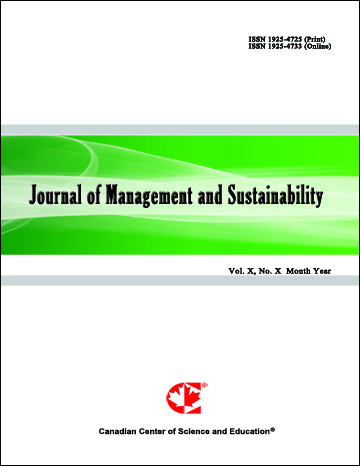The Effect of Default Options on Choice of Electricity Utility at Grid Parity: A Mixed Methods Study
- Mark E. Burbach
- Shannon L. Moncure
- Stephanie M. Kennedy
- Jacob M. Smith
Abstract
Alternative energy, or green energy, has the potential to mitigate carbon dioxide emitted from conventional power sources, particularly at grid parity – the point at which alternative energy reaches a levelized electricity cost that is less than or equal to purchasing grid-supplied electricity. This mixed methods study examined the effect of defaults on electricity utility selection at grid parity by young people who may be choosing a utility for the first time or may have recently experienced choosing a utility. Additionally, we investigate the justification of participants’ choice of electricity utility. A chi-squared test determined that the gray electricity utility was chosen significantly more often in the gray default condition than in either the no default or green default conditions confirming the influence of defaults even at grid parity. Those who selected green energy regardless of the default scenario expressed that they did so because the alternative energy option was the same price, but cleaner. Those who chose the conventional energy source regardless of default conveyed doubt that green energy would remain at grid parity and held a belief that conventional energy is more reliable along with feeling manipulated by the green utility’s informational message. Results from this study indicate that continuing to offer gray energy as the default and green energy as the alternative could adversely impact the predicted large-scale shift in generation from gray energy sources to green energy sources when grid parity is prevalent.
- Full Text:
 PDF
PDF
- DOI:10.5539/jms.v14n1p21
Journal Metrics
Google-based Impact Factor (2021): 1.54
h-index (July 2022): 37
i10-index (July 2022): 147
h5-index (2017-2021): 12
h5-median (2017-2021): 19
Index
- Academic Journals Database
- ANVUR (Italian National Agency for the Evaluation of Universities and Research Institutes)
- CAB Abstracts
- CNKI Scholar
- EconBiz
- Excellence in Research for Australia (ERA)
- GETIT@YALE (Yale University Library)
- Harvard Library
- HeinOnline
- Infotrieve
- JournalTOCs
- LOCKSS
- MIAR
- PKP Open Archives Harvester
- RePEc
- Scilit
- SHERPA/RoMEO
- Stanford Libraries
- UCR Library
Contact
- Evelyn XiaoEditorial Assistant
- jms@ccsenet.org
